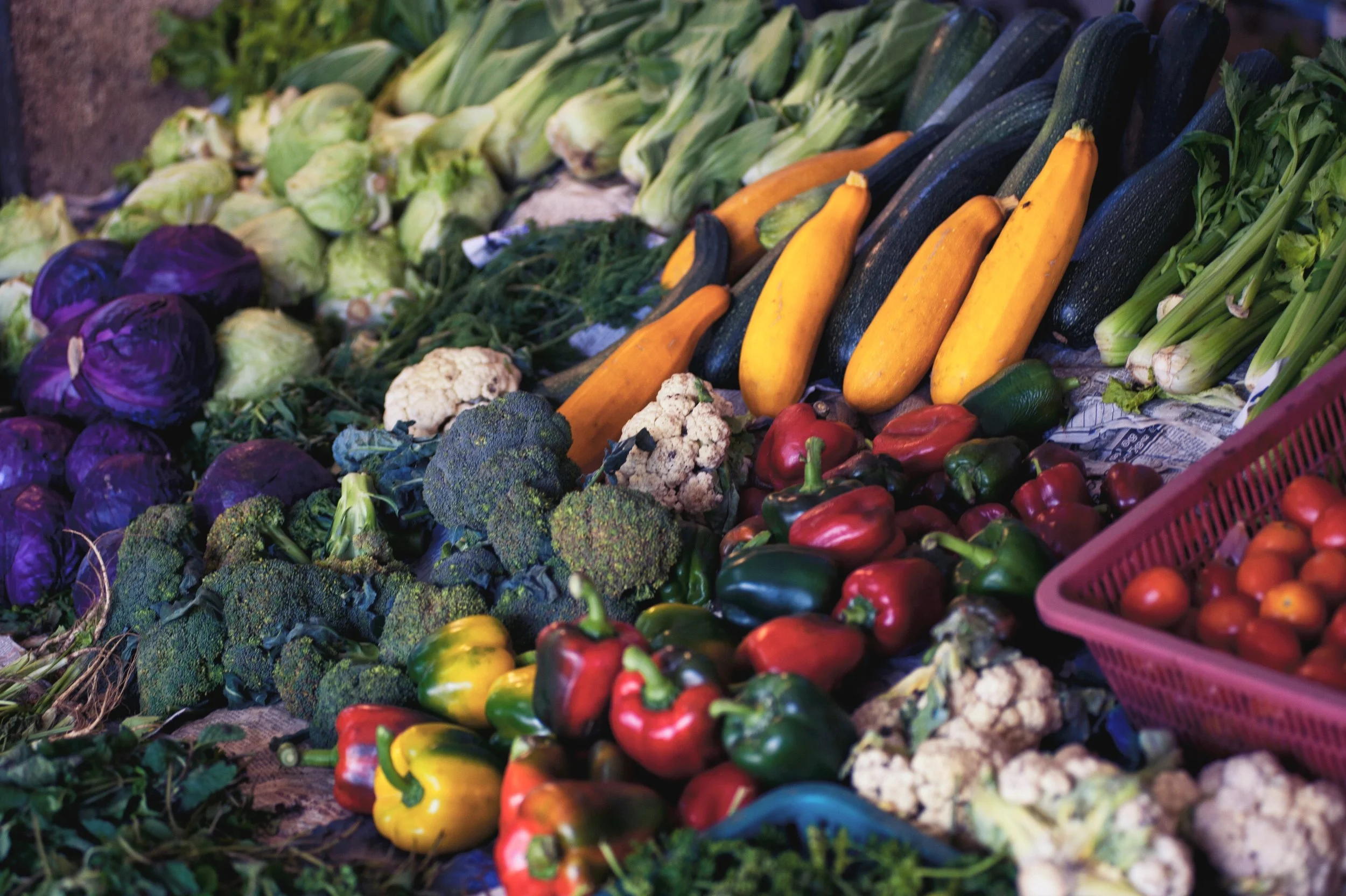Shameless thief or good forest citizen? Weka bring hidden benefits to New Zealand forests
University of Canterbury doctoral candidate Jo Carpenter on Ulva Island, off Rakiura/Stewart Island, holding a weka. Photo Credit University of Canterbury
Weka are often portrayed as little more than sandwich-stealing scallywags. The large, brown flightless bird’s tendency to be curious and gobble any food available (whether it be an unwatched biscuit, penguin egg or endangered gecko) also makes them troublesome for conservationists. However, a new study by University of Canterbury and Department of Conservation researchers has found that these charismatic birds also perform important services for Aotearoa New Zealand forests.
Although birds like the kererū (wood pigeon) tend to get credit for dispersing seeds, it turns out weka are important seed dispersers for some New Zealand plants. They eat the fruits of many plant species, and have a large beak that allows them to also eat fruits that smaller birds can’t manage. A new study, published today in Royal Society Open Science, found that weka even disperse some seeds as far as kererū do.
“You might think that because weka are flightless they wouldn’t be very good at moving seeds large distances,” says lead author Jo Carpenter, a University of Canterbury (UC) Ecology PhD student now based at Manaaki Whenua | Landcare Research. “But it turned out they were dispersing a small proportion of seeds over two kilometres – that’s a long way for a seed.”
The researchers investigated how far weka moved seeds by attaching GPS transmitters to over 40 birds, then figuring out how long it took seeds to pass through weka. By understanding how long it takes a seed to typically pass through a weka, they could model how far seeds eaten by weka would be travelling. Because some seeds stay inside the birds as long as six weeks, the weka can deposit them far from where they were eaten.
The researchers also made a worrying discovery. Weka near public campsites didn’t move seeds as far as those in remote areas. In fact, weka at campsites dispersed seeds 35-40% shorter distances than weka in nearby forests.
“This is an example of what is known as ‘cryptic function loss’,” says co-author UC Ecology Professor Dave Kelly, Biological Sciences, who supervised Carpenter’s doctoral research thesis titled: Legacy of Loss: Seed Dispersal by Kererū and Flightless Birds in New Zealand.
“It’s what happens when an animal is still present in an ecosystem, but due to human impacts it’s not providing the ecosystem services that keep everything working properly. We think that weka that spend more time at campsites get more food from people, and therefore don’t have to forage as far. That means they disperse seeds shorter distances,” Professor Kelly says.
These reduced seed-dispersal distances could affect long-term forest replacement, especially in human-modified landscapes where dispersal maintains genetic diversity across surviving forest patches. This might be a particular problem for large-seeded native trees, like hinau, for which weka are one of the most important seed dispersers.
“This is one of the first studies showing that interaction with people could have a significant effect on the quality of seed dispersal performed by an animal. That’s concerning because even our wild places are becoming increasingly crowded with people,” says Carpenter.
“So next time you see a weka, think twice before you offer it your lunch!”
Carpenter JK, O’Donnell COD, Moltchanova E, Kelly D. 2019. Long seed dispersal distances by an inquisitive flightless rail (Gallirallus australis) are reduced by interaction with humans. Royal Society Open Science.
Ends
















Lisa was born in Auckland at the start of the 1970s, living in a small campsite community on the North Shore called Browns Bay. She spent a significant part of her life with her grandparents, often hanging out at the beaches. Lisa has many happy memories from those days at Browns Bay beach, where fish were plentiful on the point and the ocean was rich in seaweed. She played in the water for hours, going home totally “sun-kissed.” “An adorable time to grow up,” Lisa tells me.
Lisa enjoyed many sports; she was a keen tennis player and netballer, playing in the top teams for her age right up until the family moved to Wellington. Lisa was fifteen years old, which unfortunately marked the end of her sporting career. Local teams were well established in Wellington, and her attention was drawn elsewhere.